Mary Keen: How to make a garden pond that's perfect for swimming
Gardening writer Mary Keen shares expert tips for minimising the algae and maximising the fun.
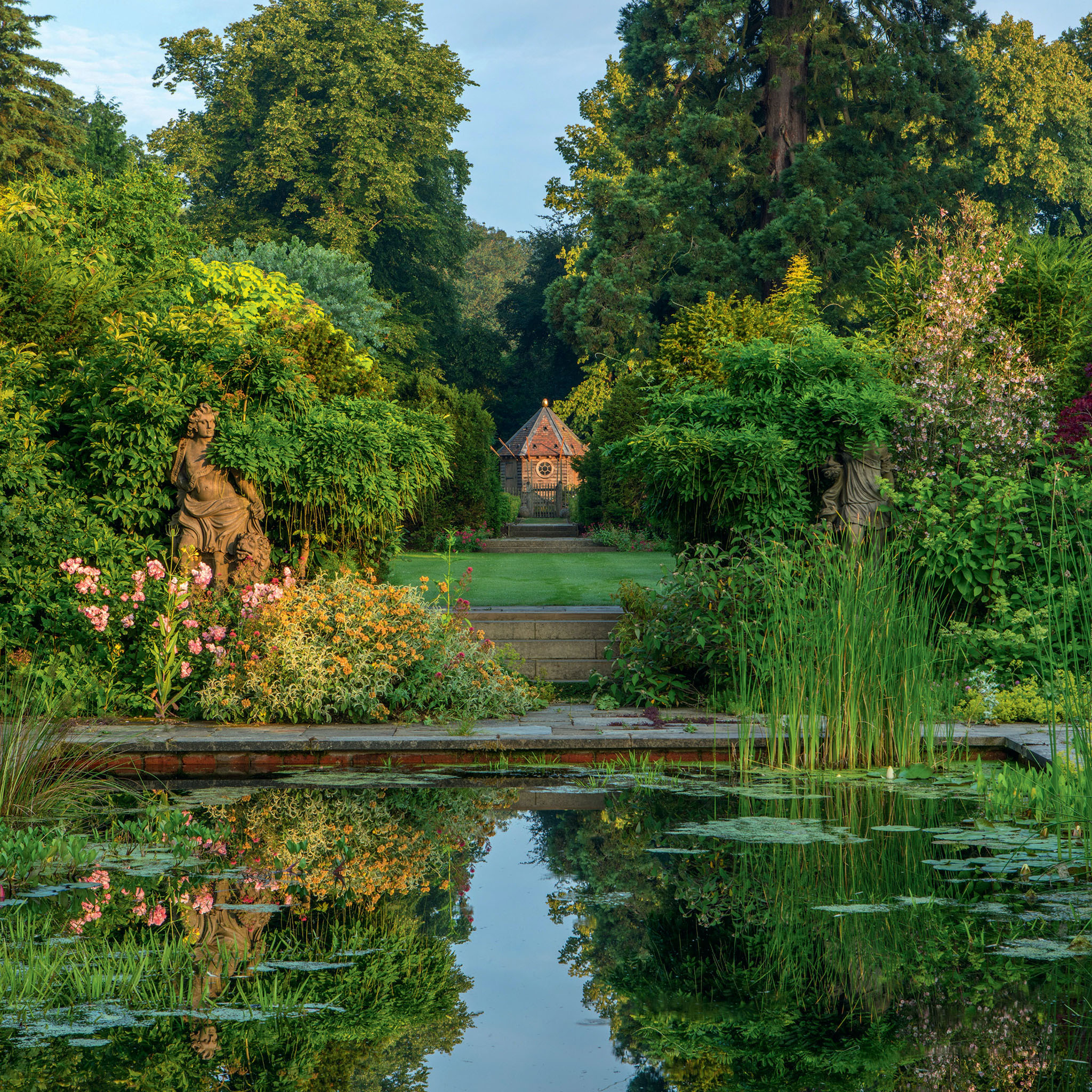
There is nothing to compare with a bathe in a wild place, as the wild-swimming craze testifies, but even the most intrepid plungers into murky lakes worry about clingy water weed and the threat of a mouthful of mud. Or worse. The question is, can garden ponds and lakes ever be made more welcoming?
Nick Haycock, the reassuring and authoritative expert on still (and running) water, knows exactly how to answer that question. Swimmers in the Hampstead ponds or the Serpentine have him to thank for purer water and admirers of stately lakes at Blenheim and Stourhead, or even visitors to the Venice lagoon, can see how he has worked his magic.
The founder of Haycock Environmental Consultants (HEC), Dr Haycock is dedicated to the restoration and creation of waterscapes. His approach is scholarly (he spent years working for the National Trust) and he often relies on methods that were current in the 18th century, combined with 21st-century technology.
With such a high-profile client list, it might be thought that smaller private ponds would be off his radar, but water in any shape or size fascinates him. In his care, limestone ponds can turn blue. ‘It’s a wonderful moment,’ he says, ‘when a client rings to say, ‘our water is blue now”.’ It might take a couple of years for this to happen and he has a range of remedies on offer to speed the process.
The advice I watched Dr Haycock give local friends of mine in the Cotswolds was invaluable. Owners of something between a lake and a pond, which they generously share with mad-keen swimmers, they dedicate days to clearing waterweed from its depths. Last summer, in spite of their efforts, the algae on the surface was smelly enough to repel even the most determined bather.
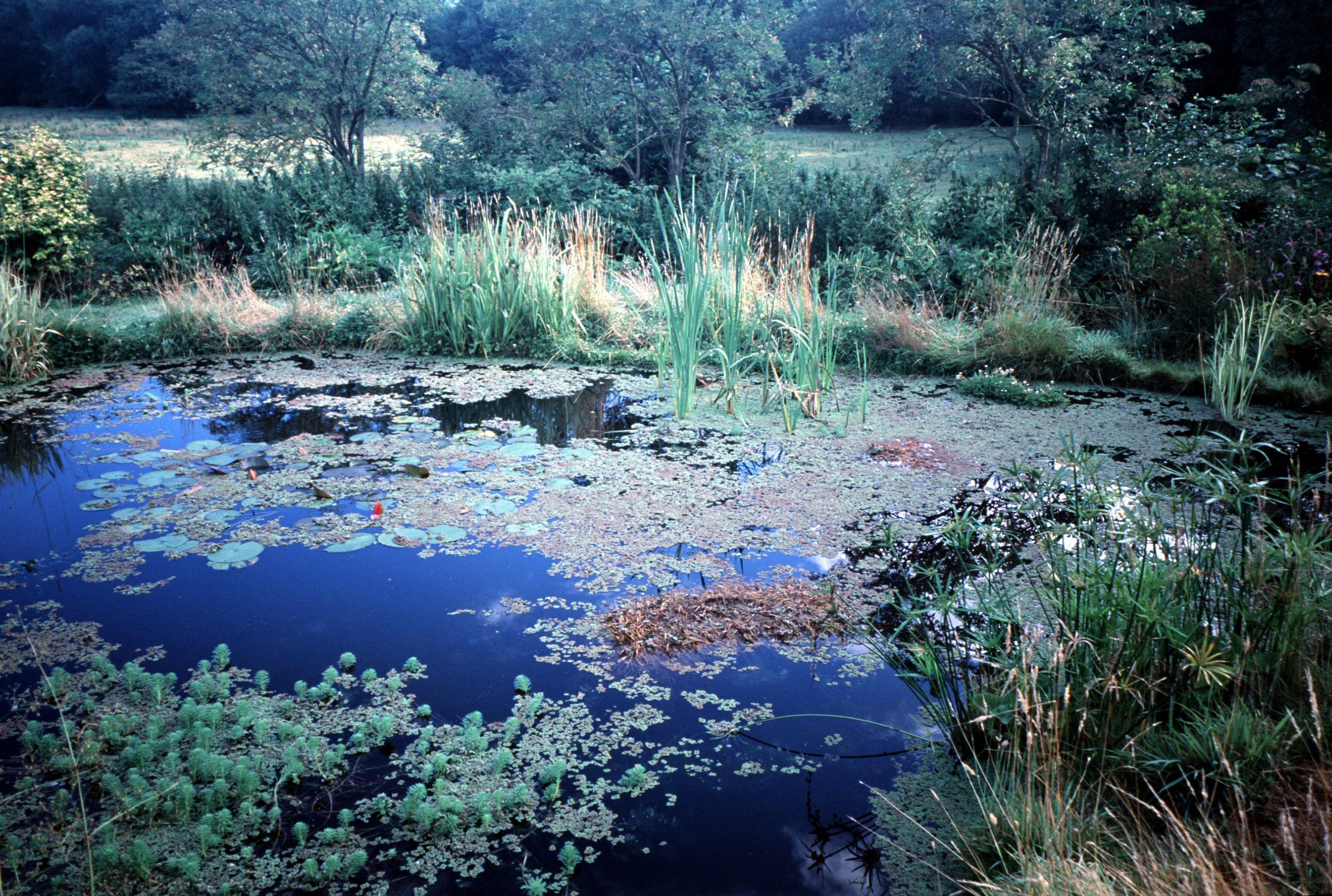
All ponds are different, but Dr Haycock has a checklist he uses for any consultation. The first things to be fathomed are structure and depth. He starts by checking the type of soil that contains the pond. My friends’ one is above fuller’s clay, which has natural cleansing properties. Bentonite, which is often used to line natural ponds, has some similar attributes. (Any clay-lined pond needs to be kept full. If the water level is allowed to drop, cracks can appear in the clay, meaning that leaks will occur.)
Much depends on whether the water is going to be used for boating, swimming or fishing and depth is critical — 6ft at least is vital for a healthy pond. Thermal control is another limiting factor. Colder water discourages algae, which bloom at temperatures above 12˚C–15˚C. Above 25˚C, there is a risk that the deadly blue-green algae can develop. In my friends’ case, they also own a mill leat upstream, which was pronounced ideal to increase cold-water flow through their pond. (As long as not more than 20 cubic metres per day is taken from a stream or river, the abstraction needs no licence from the Environment Agency.)
Sign up for the Country Life Newsletter
Exquisite houses, the beauty of Nature, and how to get the most from your life, straight to your inbox.
Next is the issue of marginal planting. Waterside plants should cover at least one-eighth of the total area to provide a place for invertebrates to live, so that they can venture out at night to eat waterweed and algae. For those who have neither the time nor the inclination to manage plants, an alternative home for the algae grazers can be made by throwing several tied bundles of sticks into the deep water.
Barley straw is often recommended for purifying ponds, but this, Dr Haycock says, is a myth. Straw does not have any particular chemical qualities that clear the algae, although sheaves of it thrown into the water can act in the same way as the bundles of tied faggots might do, if less effectively. Grass carp are another natural way of keeping waterweed down, but they should not be allowed to migrate to a river, so these fish are not an option if the pond water runs off into a stream.
Checking the chemistry of the water, which could have become polluted, is another task, but adopting the regimes Dr Haycock outlines will usually deal with any pollution.
If natural remedies fail, he might suggest adding ultrasonic aeration to boost the circulation of the water; he rarely admits defeat. His calm and knowledgeable ways of keeping water welcoming should reassure even those who have never thought of swimming anywhere but a chlorinated swimming pool.
'Paradise and Plenty, A Rothschild Family Garden' by Mary Keen is out now
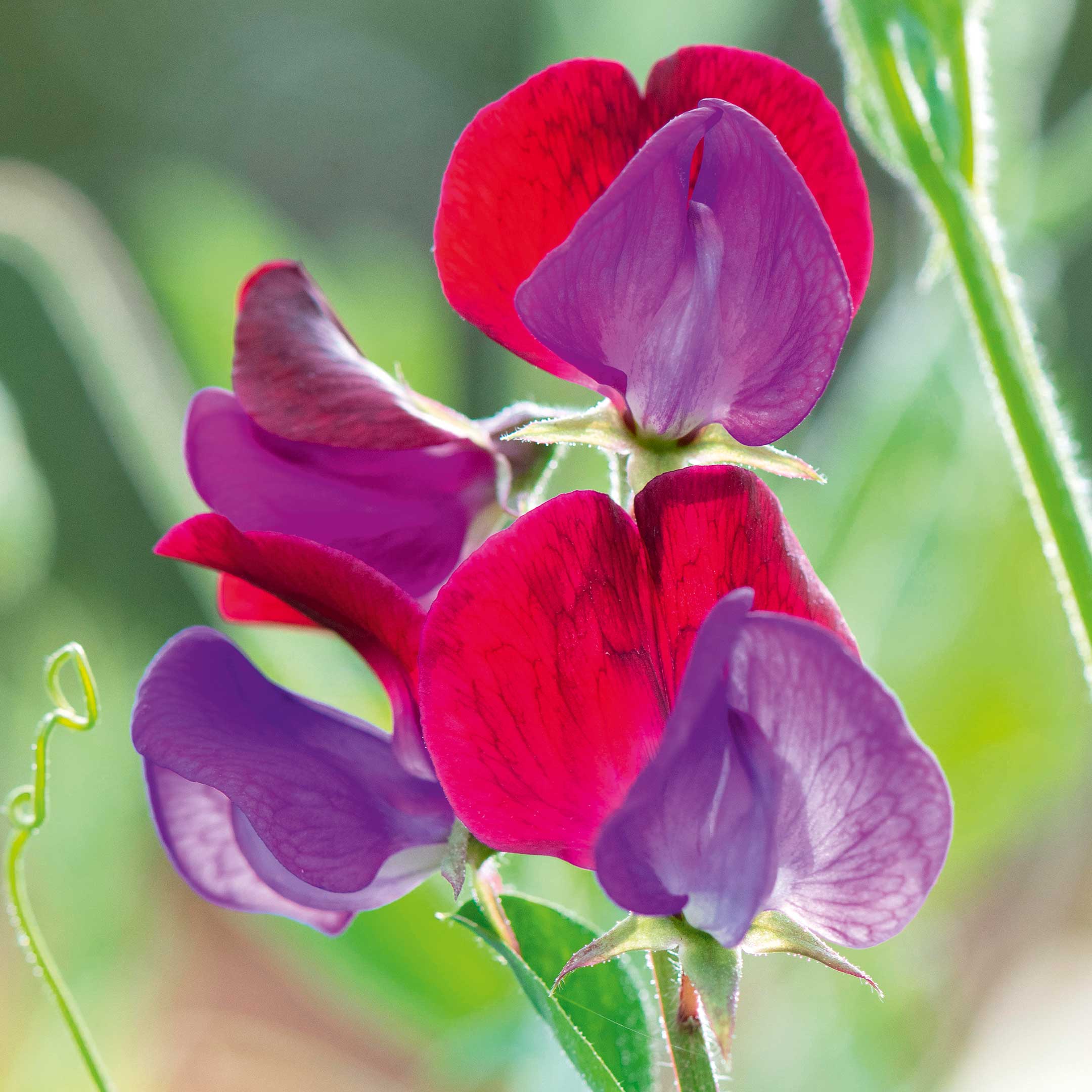
Mary Keen: The secrets of vertical gardening
Gardener and author Mary Keen on why you should think up to make the most of your garden.
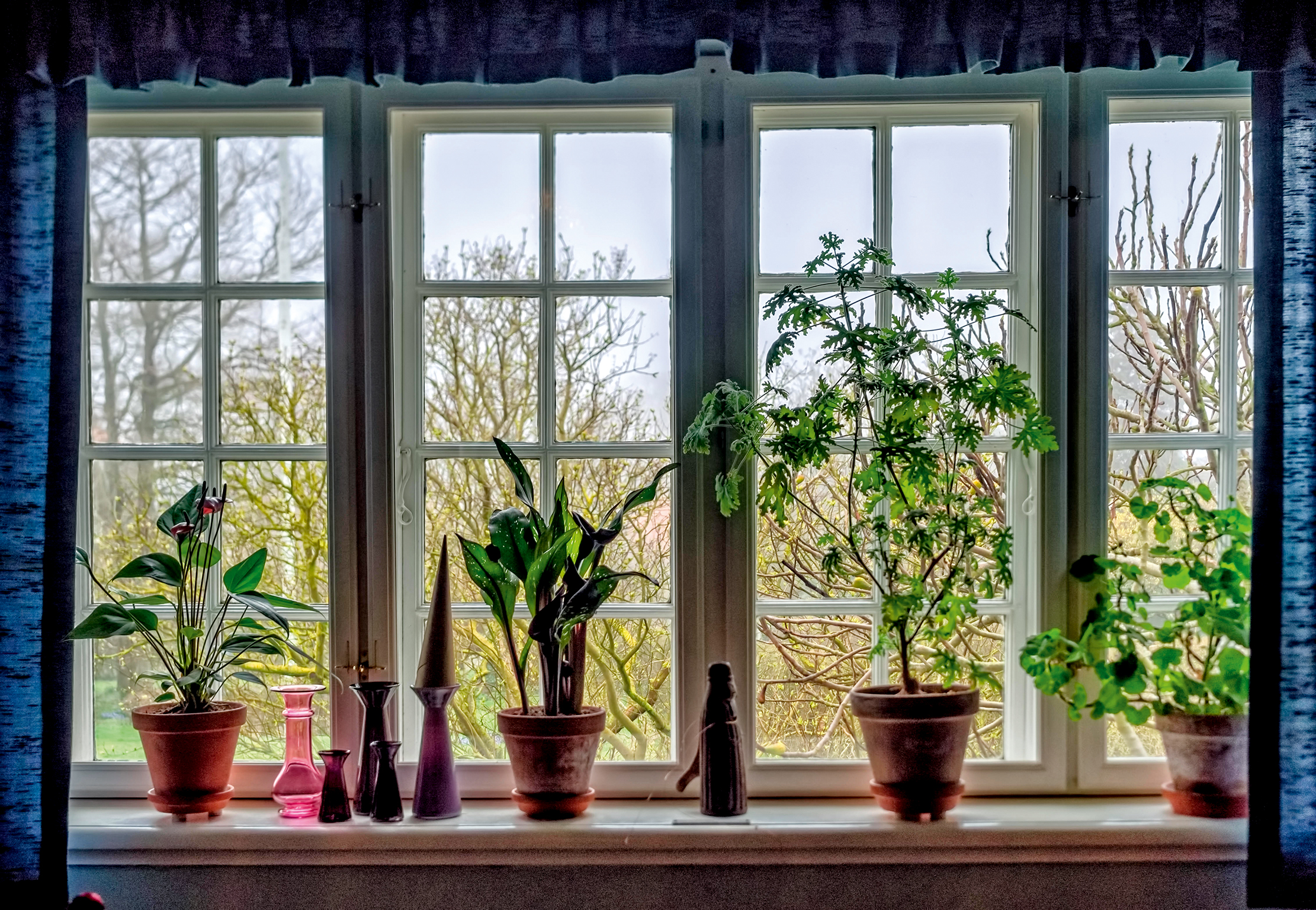
Credit: Alamy
Mary Keen: The secrets of windowsill gardening
The internationally-renowned garden designer and writer Mary Keen turns her thoughts indoors to the best plants to grow on windowsills
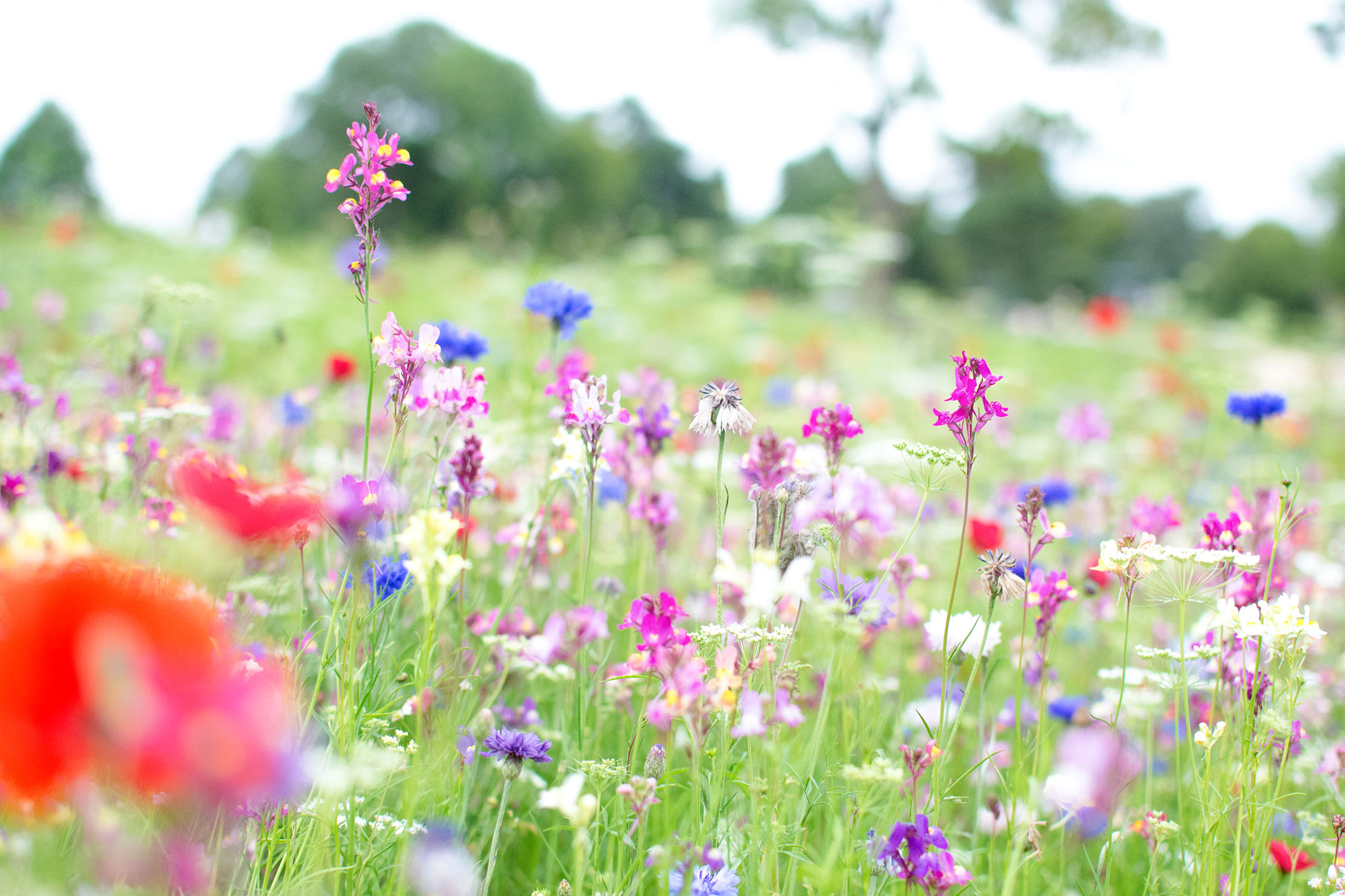
Mary Keen: How to plant your own wildflower meadow
The gardener, plantswoman and writer Mary Keen shares her experience of planting a spectacular wildflower meadow.
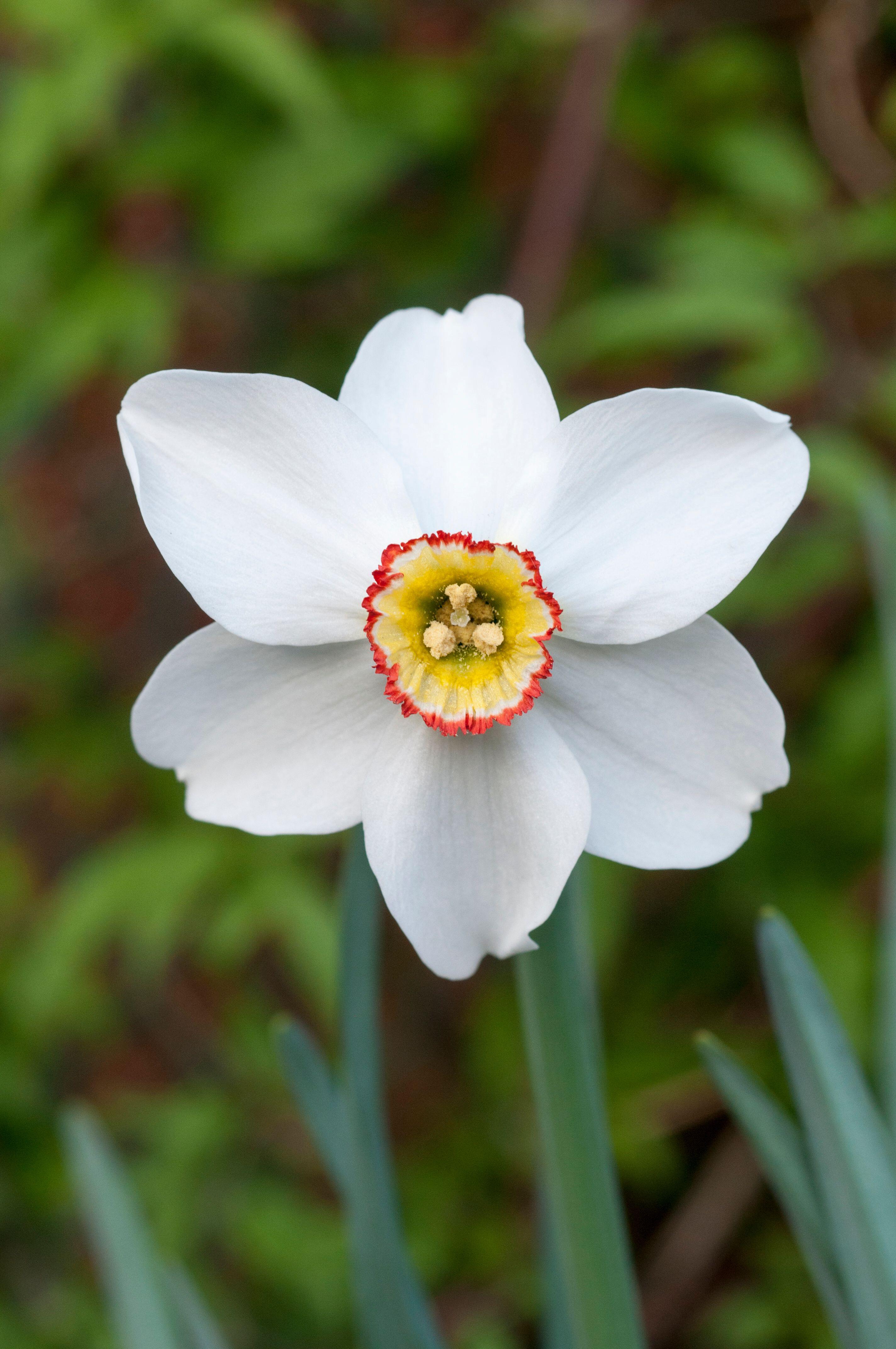
Mary Keen: The narcissi you cannot do without
Gardener and writer Mary Keen discusses her love of the smaller, more fragrant daffodil and the varieties to plant in
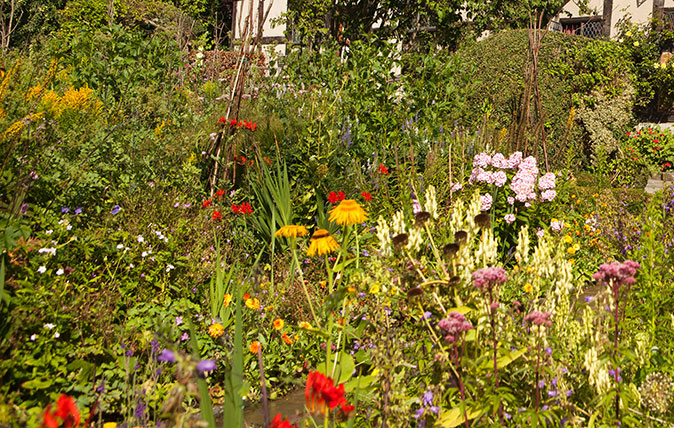
Credit: Alamy
Mary Keen: Don't fear downsizing – the joy of starting a new garden from scratch will make up for what you leave behind
The satisfaction of creating a beautiful garden is all the greater when, thanks to a move of house, you’ve had


